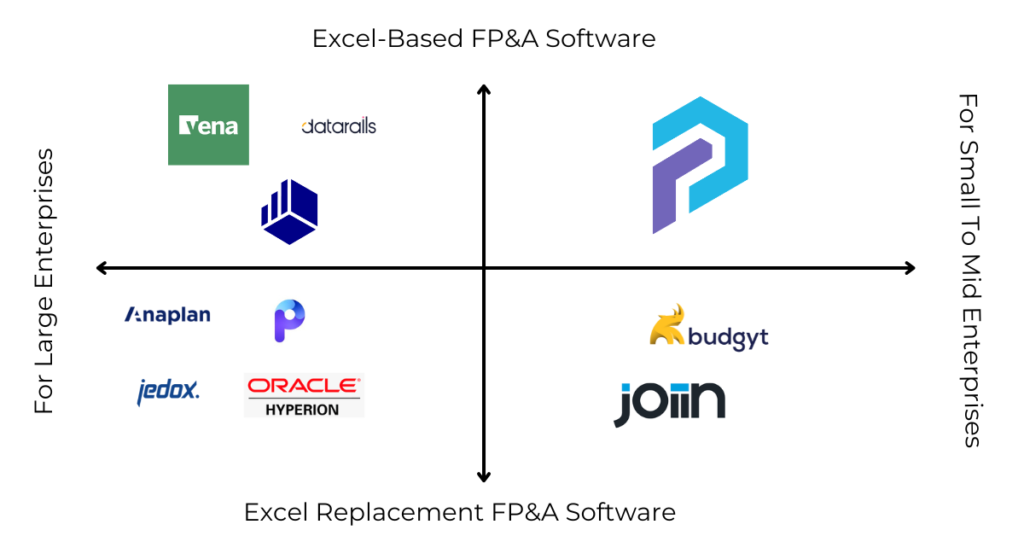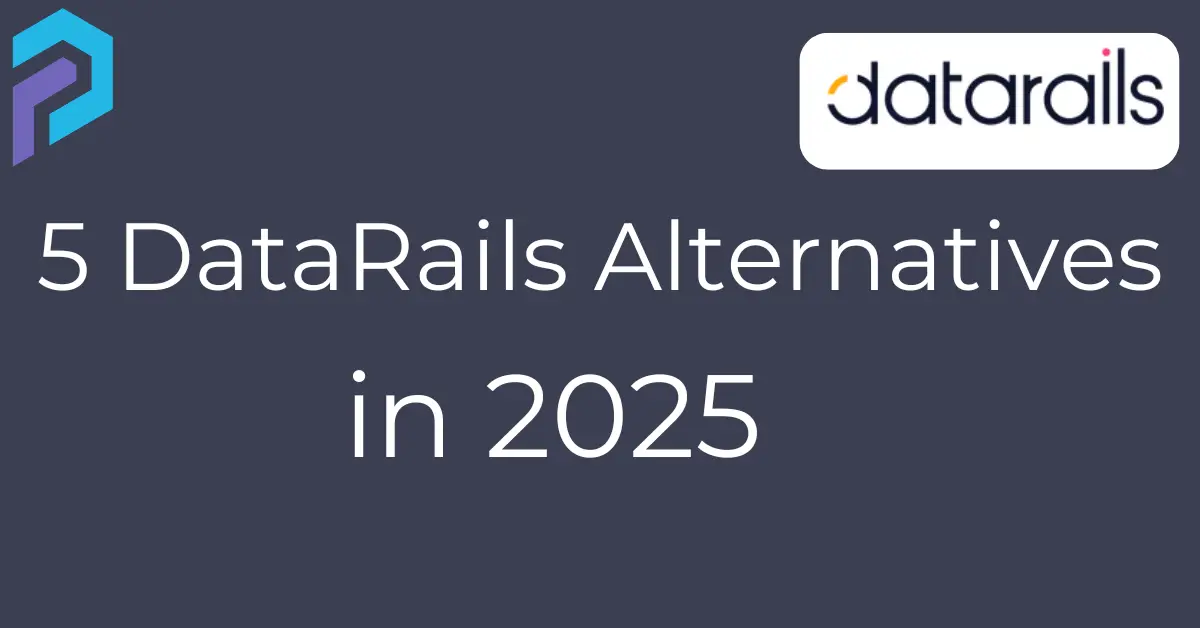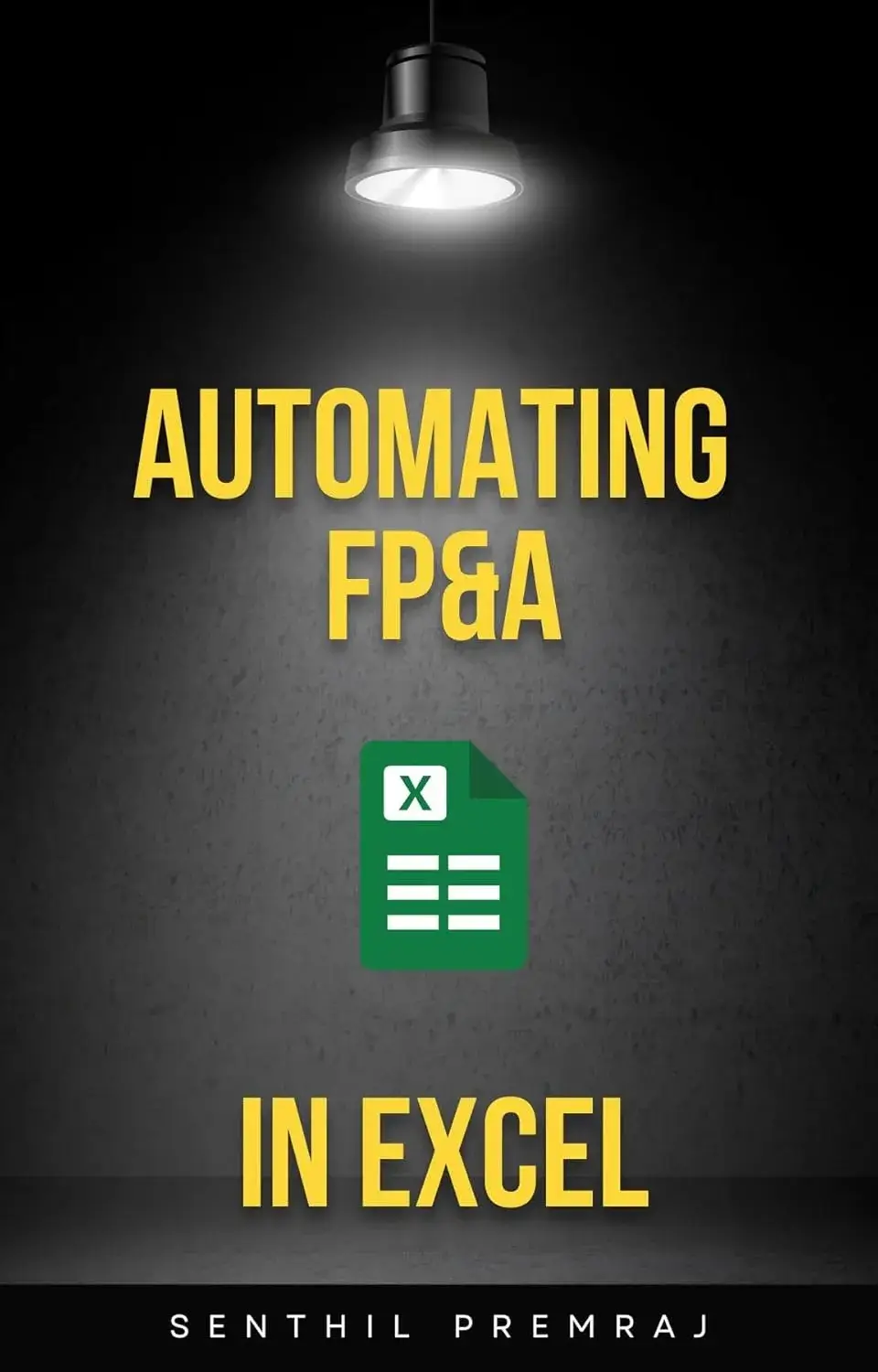Financial planning and analysis (FP&A) tools are essential for businesses seeking to streamline budgeting, forecasting, and reporting processes. DataRails has been a popular choice in the FP&A space, however, recently they have come under some investigation for unethical practices in marketing. Businesses with unique needs, budget constraints, or preferences for specific functionalities often seek alternatives. In this article, we explore some of the leading DataRails alternatives in 2025, highlighting their features, pros, and cons to help you make an informed choice.
What to Look for in a DataRails Alternatives
When considering alternatives to DataRails, it’s essential to evaluate the following:
- Ease of Use: A user-friendly interface that simplifies adoption.
- Integration Capabilities: Compatibility with existing tools like ERP systems, CRM software, and accounting platforms.
- Customization and Scalability: Features that grow with your business.
- Advanced Processing: Tools that offer advanced data processing instead of hoping it would happen upstream.
- Cost-Effectiveness: Pricing models that align with your budget.
Top DataRails Alternatives for 2025

1. PivotXL
PivotXL is an excellent choice for businesses that prefer a cost-effective solution with Excel integration at its core. It’s designed for seamless collaboration and quick adoption by teams already familiar with spreadsheets.
Key Features:
- Native integration with Excel.
- Real-time collaboration and workflow management.
- Automated data consolidation and reporting.
- Dedicated Back Office analyst to ensure business continuity
- Custom scripts to automate calculations and custom forecasting
- Significantly lesser pricing than DataRails
Pros:
- Minimal learning curve for Excel users.
- Affordable pricing structure.
- Strong focus on SMBs and mid-market businesses.
Cons:
- Not a good fit for Fortune 500 companies as they do not have an enterprise sales team
✅ Check out our product demos – See PivotXL in action with real finance workflows.
📘 Explore our product documentation – Step-by-step guides to help you get started.
🚀 Want to try the product? Sign up now — no credit card needed!
2. Cube FP&A
Cube is a cloud-based FP&A tool designed for fast-growing businesses. It combines spreadsheet familiarity with modern automation capabilities.
Key Features:
- Cloud-based spreadsheets with real-time data updates.
- Integration with ERP systems and accounting tools.
- Advanced reporting dashboards.
Pros:
- Easy collaboration across teams.
- Highly customizable workflows.
Cons:
- Higher pricing tiers for larger teams.
3. Workday Adaptive Planning
Workday Adaptive Planning is a powerhouse for enterprise-grade financial planning and analysis. It’s best suited for large organizations with complex planning needs.
Key Features:
- Advanced scenario planning and modeling.
- Scalable architecture for large datasets.
- Seamless integration with Workday ERP.
Pros:
- Ideal for large enterprises.
- Exceptional forecasting capabilities.
Cons:
- Steeper learning curve.
- High cost of implementation.
4. Vena Solutions
Vena’s FP&A platform combines the flexibility of Excel with powerful automation features, making it a top choice for finance teams.
Key Features:
- Excel-based interface with robust backend capabilities.
- Workflow automation for budgeting and forecasting.
- Pre-built templates for financial processes.
Pros:
- Familiar Excel experience.
- Excellent customer support.
Cons:
- Limited analytics compared to competitors like Anaplan.
5. Anaplan
Anaplan is known for its advanced modeling and scalability, making it ideal for organizations with complex planning needs.
Key Features:
- Comprehensive scenario planning.
- Real-time data syncing and collaboration.
- AI-driven insights.
Pros:
- Perfect for enterprise-level strategic planning.
- Highly scalable and versatile.
Cons:
- Expensive for smaller businesses.
- Requires significant training for effective use.
Comparison Table
| Tool | Best For | Key Features | Pricing | Ease of Use |
|---|---|---|---|---|
| PivotXL | SMBs, Mid-market | Excel integration, Custom Scripts, Back Office Support | Affordable | High |
| Cube FP&A | Large Enterprises | Cloud-based, customizable workflows | High | Moderate |
| Workday Adaptive | Large Enterprises | Scenario planning, scalability | High | Moderate |
| Vena Solutions | Large Enterprises | Excel-based, templates | High | Moderate |
| Anaplan | Large Enterprises | Advanced modeling, AI insights | High | Low |
Why PivotXL Stands Out
PivotXL is a strong contender for businesses looking for an affordable, easy-to-use FP&A tool. Its emphasis on leveraging Excel familiarity and providing robust collaboration features makes it ideal for SMBs and mid-sized companies that prioritize cost and usability.
For more details, visit our PivotXL overview.
Conclusion
Choosing the right FP&A tool depends on your organization’s size, complexity, and budget. While DataRails remains a solid choice, exploring alternatives like PivotXL, Cube FP&A, Workday Adaptive Planncan help you find the perfect fit for your needs. Each tool offers unique strengths, so take advantage of free trials and demos to evaluate which one aligns best with your business objectives.




